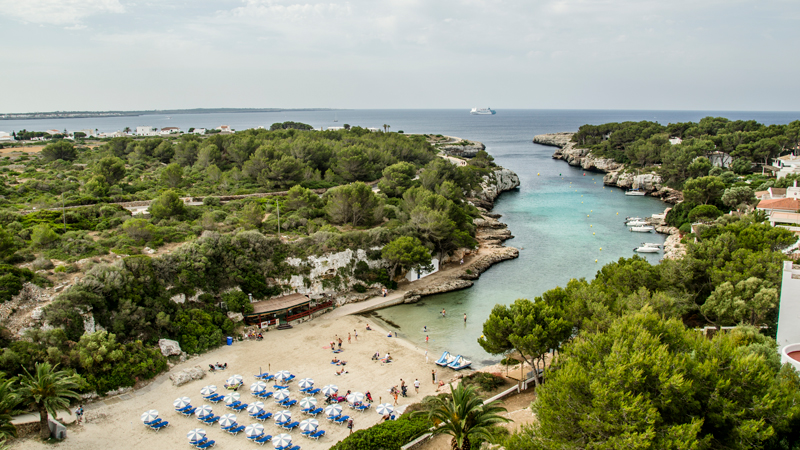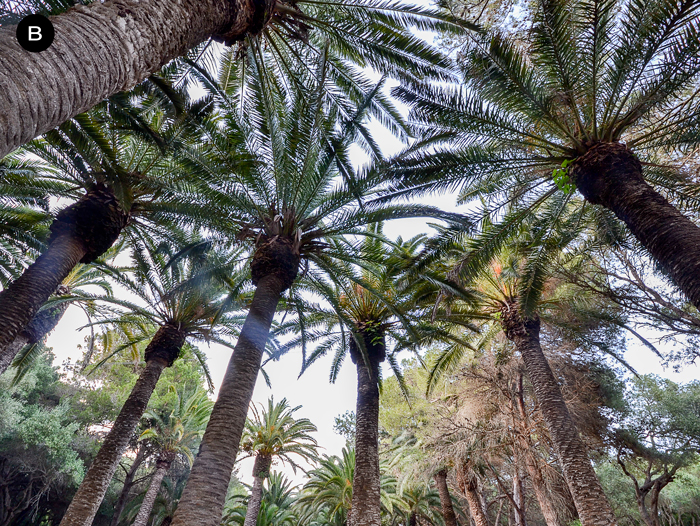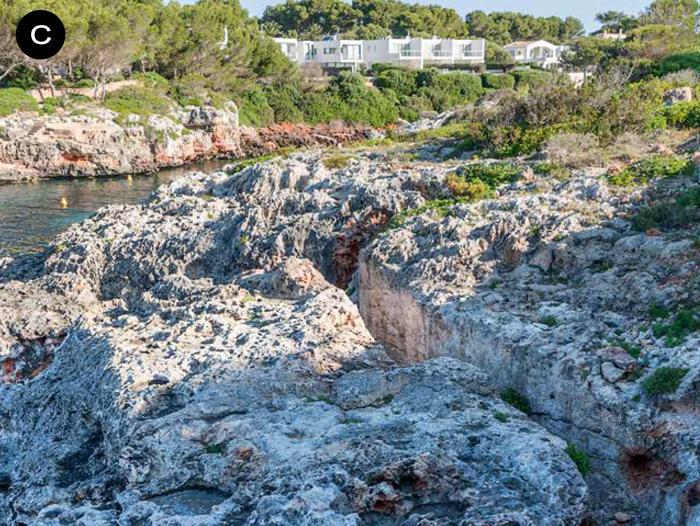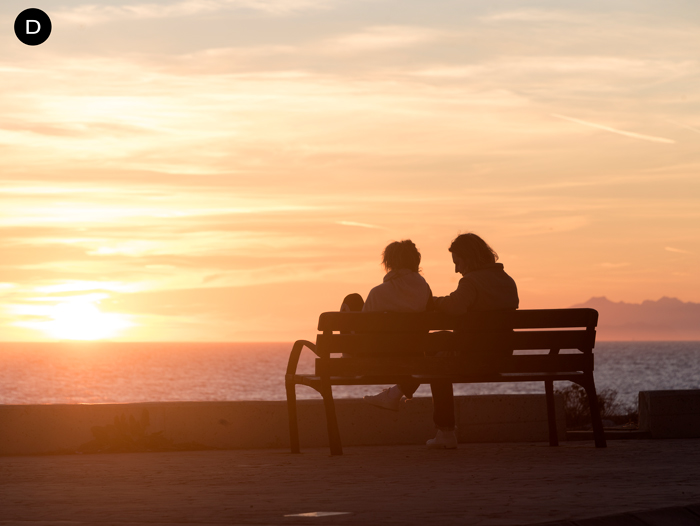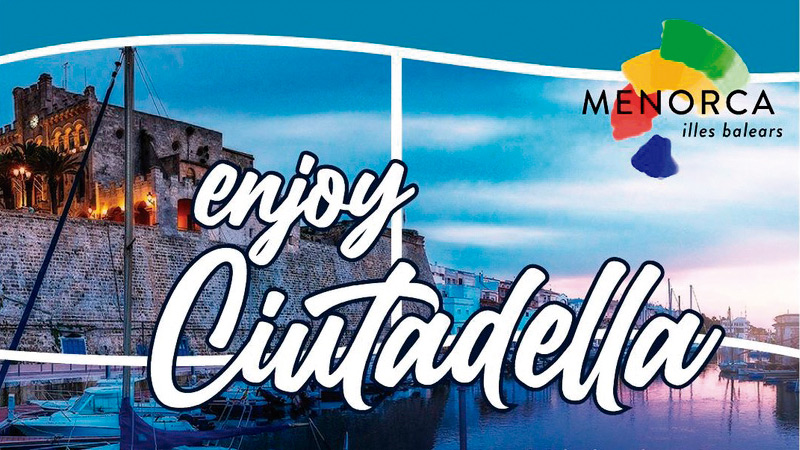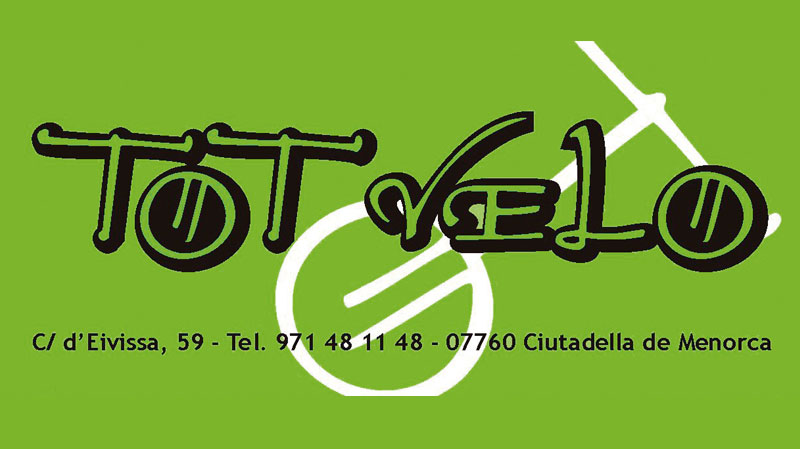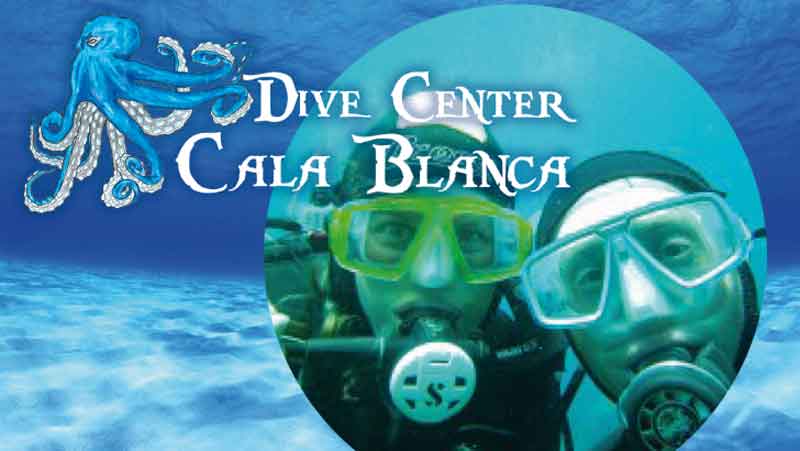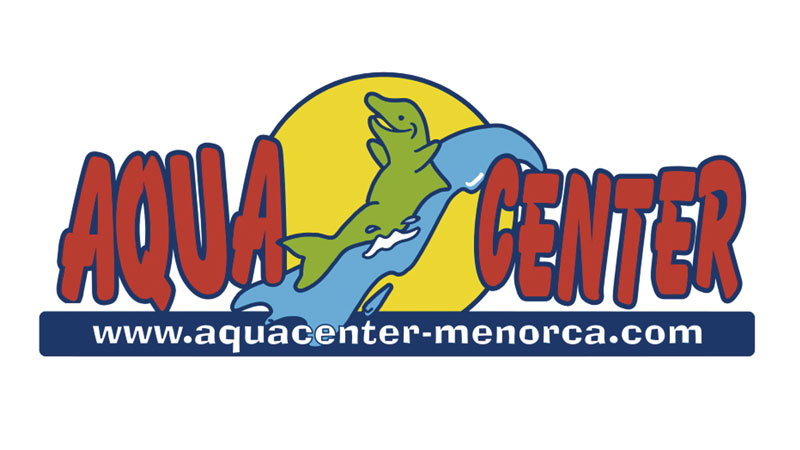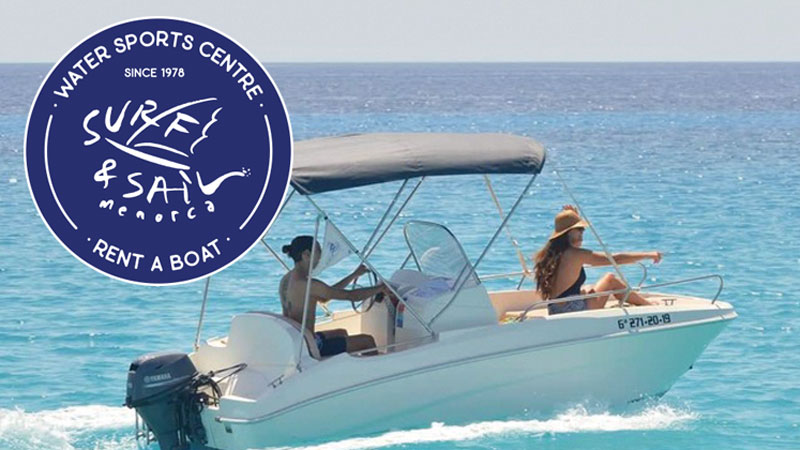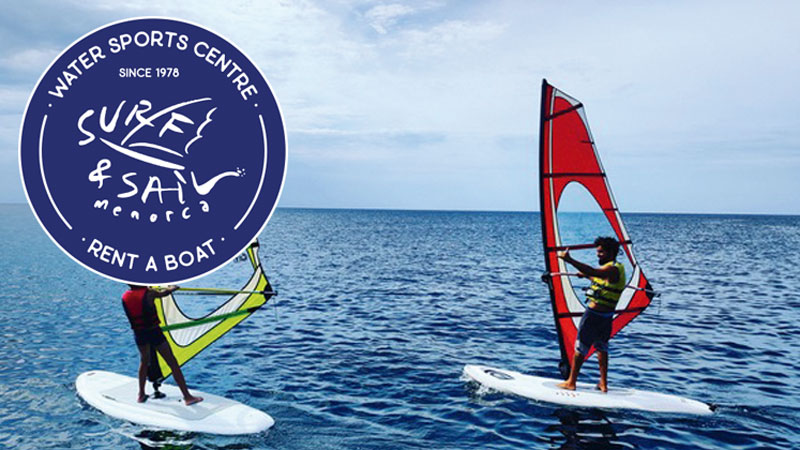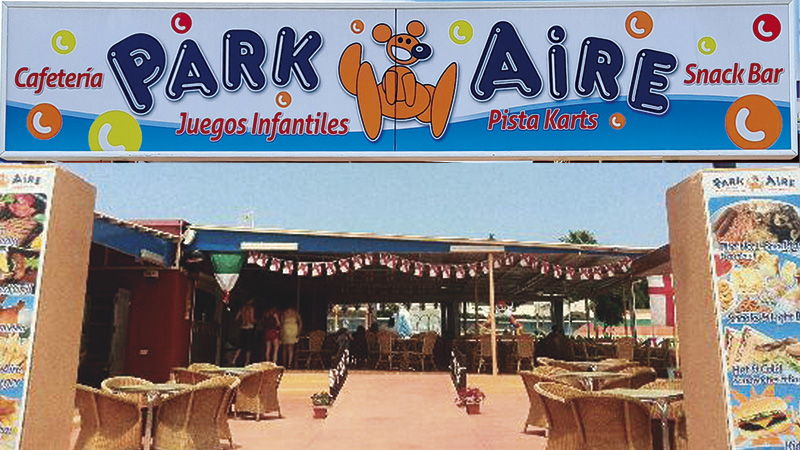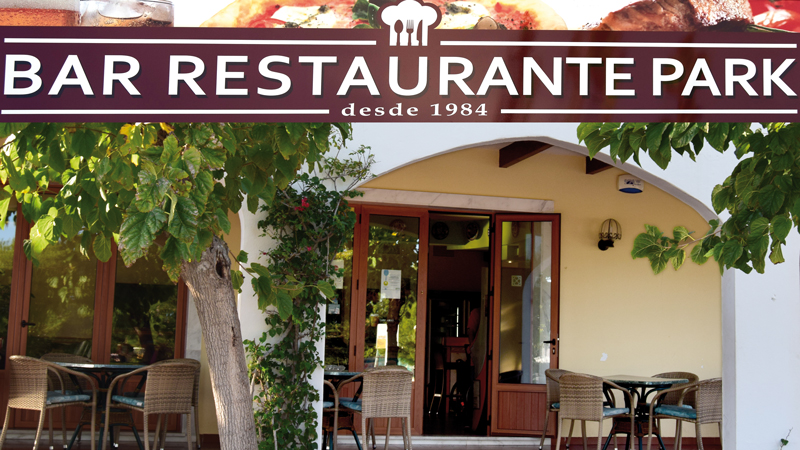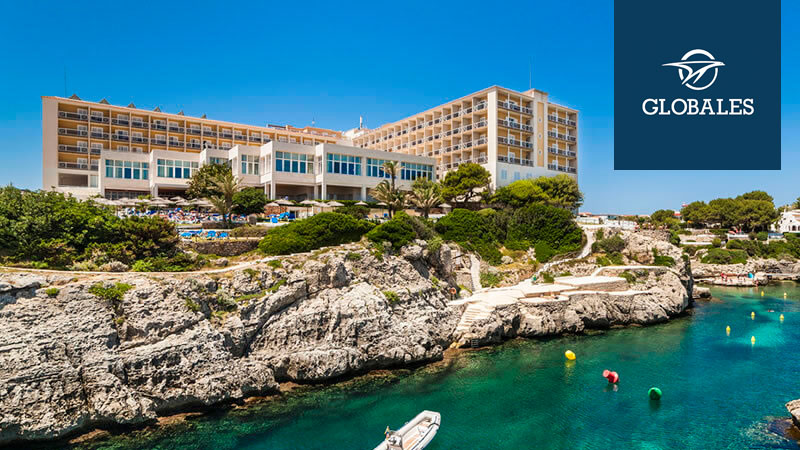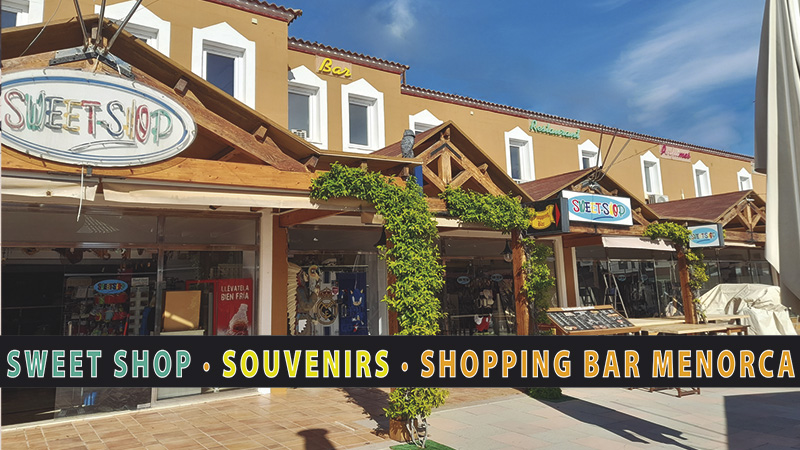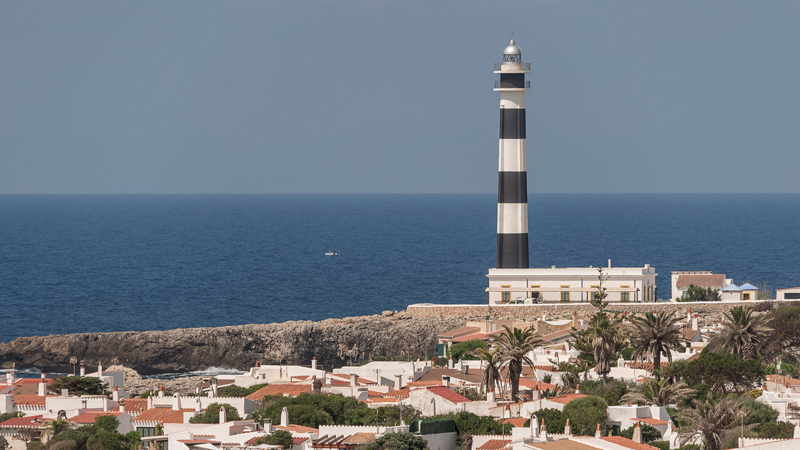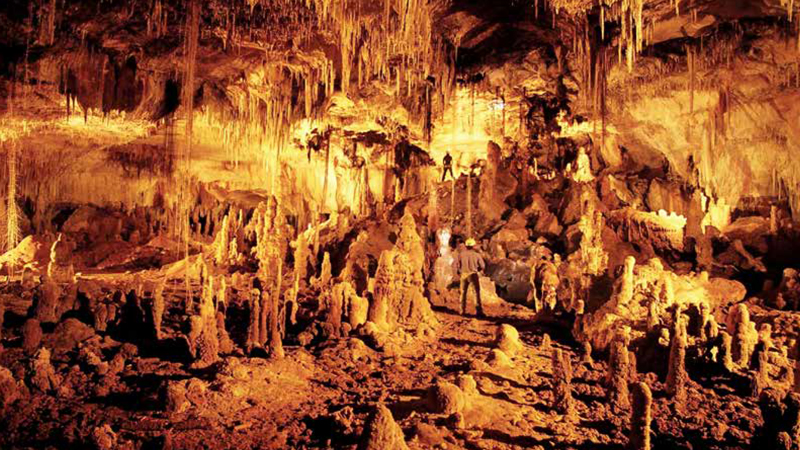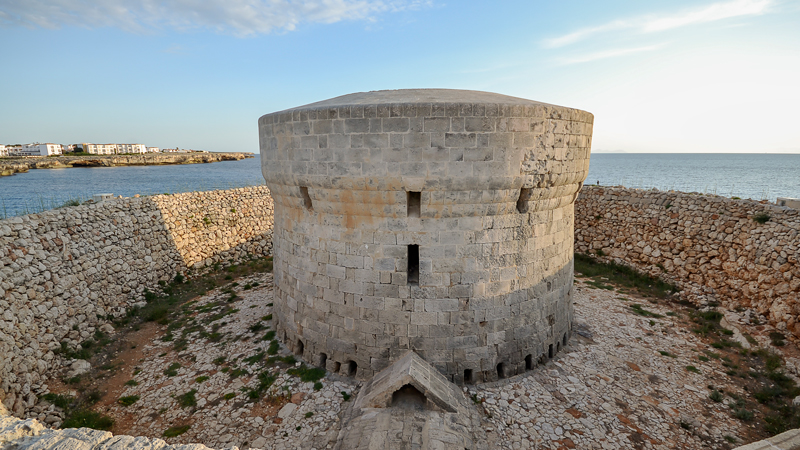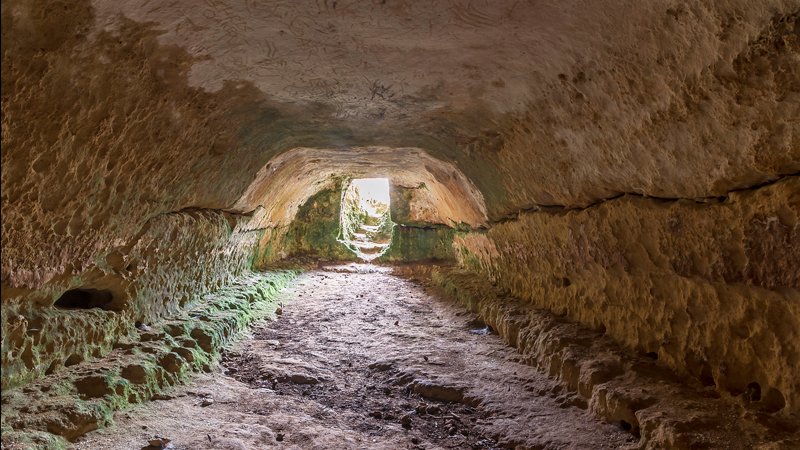Cala en Blanes
A. CALA EN BLANES
Pequeña cala que en invierno acumula gran cantidad de algas, que se descomponen y huelen mal. Sin embargo, contrariamente a lo que pueda parecer, su presencia es un indicativo del buen estado de conservación de los ecosistemas marinos. Las hojas muertas de las algas que traen las corrientes y se depositan sobre la arena provienen de las praderas de posidonia del mar, que retienen la arena del fondo y ofrecen alimento, refugio y lugar de cría a numerosas especies marinas. La deposición de dicha alga contribuye a proteger la primera línea de la playa contra los temporales marítimos que azotan la costa en invierno y, una vez des compuesta, formará parte de la arena. En verano se retiran temporalmente, hecho que permite disfrutar de la blanca arena de la cala. Cala en Blanes es una playa adaptada, y dispone de servicios turísticos en verano y transporte público durante todo el año.
B. PALMERAL DE CALA EN BLANES
Cala en Blanes se encuentra al final de un pequeño barranco protegido del viento y de la salinidad del mar donde, antiguamente, se hallaban el Hort de Cala en Blanes de Dalt y el Hort de Cala en Blanes de Baix, dos huertos donde se cultivaban frutales y pro ductos de la huerta. El primero desapareció al construirse el primer hotel turístico de la caleta en la década de 1960. El segundo dejó de explotarse poco después y la casa, aún hoy en pie, está abandonada. Si nos adentramos en el barranco, descubriremos dos norias, un ingenioso mecanismo con el cual se extraía el agua del nivel freático que regaba este antiguo vergel. El palmeral que precede a la playa es muy frecuentado en verano por familias y grupos de amigos para merendar o disfrutar de una buena comida.
C.PATRIMONIO MILITAR DE LA GUERRA CIVIL ESPAÑOLA
Los testimonios de la Guerra Civil española están presentes en todo el litoral de Menorca, siendo especialmente abundantes en la bahía de Ciutadella, la zona más cercana a Mallorca. Mientras el resto de las Baleares se incorporaron rápidamente al bando nacional después del alzamiento militar de 1936, Menorca se mantuvo fiel a la República hasta la ocupación franquista de febrero de 1939. Durante los años que duró la guerra se implementó un sistema de defensa basado en la vigilancia, la comunicación y el control integral de toda la costa menorquina, mediante la construcción de blocaos, trincheras y nidos de ametralladoras de todo tipo. La mayor parte de estas posiciones eran muy rudimentarias y no se han conservado adecuadamente. No obstante, son aún visibles las que fueron excavadas en la roca. Algunas de sus huellas pueden verse en Cala en Blanes.
D.PUNTA DE NA MARÍ Y EL CANAL DE MENORCA
Desde la Punta de na Marí contemplamos el Canal de Menorca, un gran corredor marino situado entre Mallorca y Menorca incluido en la lista de Lugares de Importancia Comunitaria (LIC) de la Red Natura 2000 por su valor ecológico y por su gran biodiversidad.
Entre sus hábitats más destacados se encuentran los arrecifes, es decir, los sustratos rocosos que sobresalen del fondo marino y que albergan importantes comunidades de especies animales y de algas; las praderas de posidonia, que protegen la línea costera de la erosión y ofrecen alimento y refugio a numerosas especies, y los bancos de arena, cubiertos o no de vegetación, que son refugio de fauna diversa. En el Canal de Menorca también hay poblaciones de diferentes especies de cetáceos, tortugas marinas y, en cuanto a aves, de fardelas.
A. CALA EN BLANES
A small cove where large amounts of seaweed accumulate in the winter, decaying with an unpleasant smell. However, despite what you might think, this is a sign that the marine ecosystems are in a good state of conservation. The dead leaves that the currents wash up on the sand come from Neptune grass meadows out to sea. These fix the sand on the seabed and offer food, shelter and a place to breed to numerous marine species. The remains of this plant help protect the fore shore of the beach from the storms that lash the coast in the winter and, once they have broken down, they become part of the sand. In the summer, they are removed so that people can enjoy the cove’s white sand. The beach at Cala en Blanes is accessible and has tourist services in the summer and public transport all-year round.
B. CALA EN BLANES PALM GROVE
Cala en Blanes is at the end of a small gorge, protected from the wind and the salinity of the sea, where the Hort de Cala en Blanes de Dalt and the Hort de Cala en Blanes de Baix used to be located, two market gardens where fruit trees and
garden produce used to be grown. The first closed when the first hotel was built in the cove in the 1960s. The second stopped operating shortly afterwards and the house, still standing today, is abandoned. If you carry on up the gorge, you will find two waterwheels, an ingenious mechanism for extracting water from the groundwater level to irrigate this for mer orchard. The palm grove before the beach is much frequented in the summer by families and groups of friends who come to enjoy a picnic or a good meal.
C.MILITARY HERITAGE FROM THE SPANISH CIVIL WAR
Evidence of the Spanish Civil War is present all along Menorca’s coastline and is especially abundant in the bay of Ciuta della, the area closest to Mallorca. While the other Balearic Islands quickly joined Franco’s side after the military rising of 1936, Menorca remained loyal to the Republic until the Francoist occupation in February 1939. During the war, a defensive system based on vigilance, communication and complete control of all of Menorca’s coast was put in place by constructing all types of blockhouses, trenches and machine gun nests. Most of these positions were very rudimentary and are not well preserved. Nonetheless, the ones cut into the rock are still visible. Traces of them can still be seen in Cala en Blanes.
D. PUNTA DE NA MARÍ AND THE MENORCA CHANNEL
Punta de na Marí looks out over the Menorca Channel, a major marine corridor situated between Mallorca and Menorca, which features on the Natura 2000 network’s list of Sites of Community Importance (SCIs) for its ecological value and its great biodiversity. Its most important habitats include: reefs, in other words, rocky substrates that protrude from the seabed and which are home to significant communities of animal and seaweed species; Neptune grass meadows, which protect the coast line from erosion and provide food and refuge for numerous species; and sandbanks, whether covered in vegetation or not, that are a refuge for diverse fauna. The Menorca Channel is also home to populations of different .species of cetaceans, sea turtles and, with regards to birds, shearwaters.
